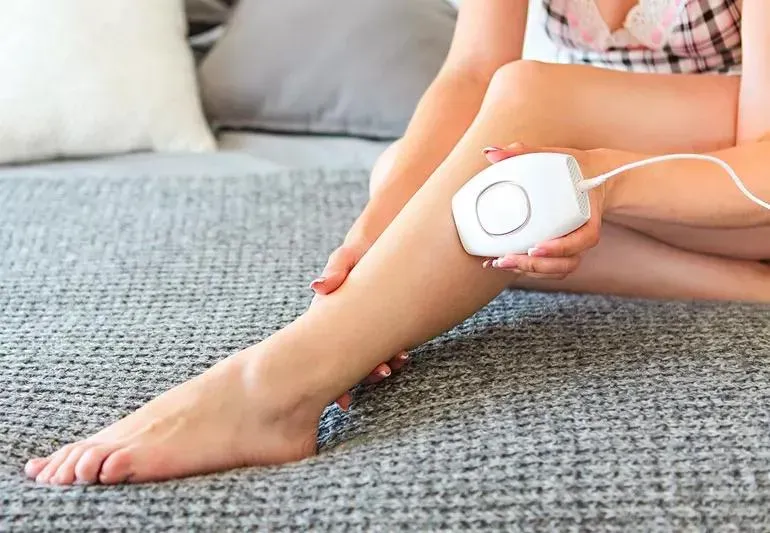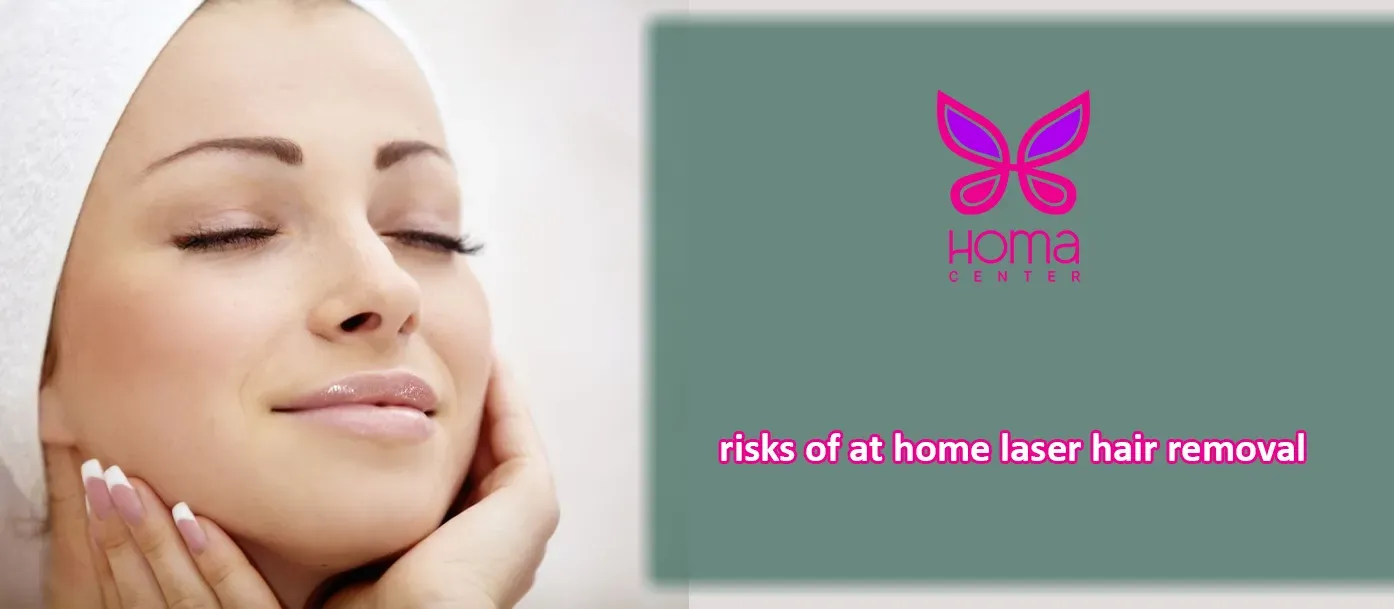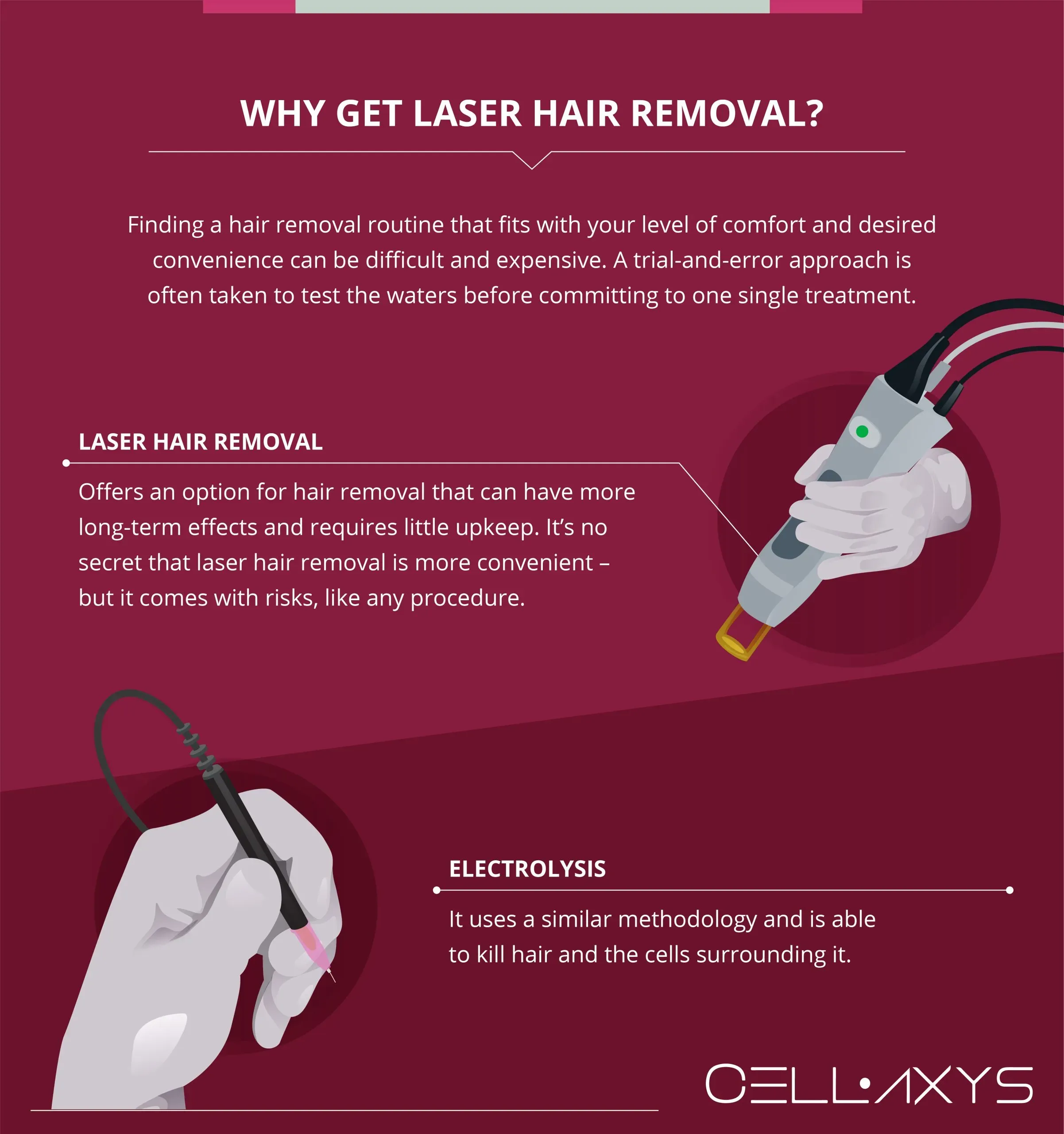Table of Contents
Dreaming of smooth skin without the endless cycle of shaving or expensive salon visits? At-home laser hair removal devices promise just that – a convenient, private way to tackle unwanted hair from your living room. It sounds pretty good, right? Zapping away stubble while watching TV seems like the ultimate life hack. But before you jump into buying one of these gadgets, it's crucial to understand the potential downsides. While often marketed as easy and safe, diving into at-home hair removal without knowing the facts can lead to unexpected problems. We need to talk about the real at home laser hair removal risks. These aren't just minor annoyances; they can include skin irritation, burns, changes in pigmentation, and even eye damage if not used correctly. This article will break down exactly what those risks are, who might be more susceptible, and what you can do to protect yourself while still pursuing that smooth-skin goal.
Understanding the Potential At Home Laser Hair Removal Risks

Understanding the Potential At Home Laser Hair Removal Risks
Alright, let's get into the nitty-gritty of Understanding the Potential At Home Laser Hair Removal Risks. It's not just about whether these gadgets *work*, it's about what happens if they don't, or worse, if something goes wrong. Think of these devices like mini versions of what you'd find in a clinic, but with less power and fewer safety nets. The core risk comes from the light energy itself. It's designed to target pigment, specifically the dark pigment in hair follicles. But guess what else has pigment? Your skin. If the device isn't calibrated correctly for your skin tone, or if you're not using it properly, that light energy can hit the pigment in your skin instead of just the hair follicle. This is where the trouble starts – we're talking about potential burns, blistering, temporary or even permanent changes in skin color (hyperpigmentation or hypopigmentation), and general irritation that feels a lot like a nasty sunburn. It’s not just a minor inconvenience; getting a burn on your leg or face isn't exactly the smooth-skin dream you signed up for.
Who Faces Higher At Home Laser Hair Removal Risks?

Who Faces Higher At Home Laser Hair Removal Risks?
Skin Tone and Hair Color: The Primary Players
Let's be blunt: not everyone is an ideal candidate for these home gadgets. The biggest factor influencing at home laser hair removal risks boils down to the contrast between your skin color and hair color. Remember how these devices target pigment? They're designed to find dark pigment (melanin) in hair follicles against lighter skin. If you have dark hair and light skin, the laser or IPL device has a clear target. It can deliver energy to the follicle without dumping too much heat into the surrounding skin. People with dark skin tones face a significantly higher risk. Their skin contains more melanin, meaning the device can easily mistake the skin for the hair follicle. This can lead to painful burns, blisters, and lasting discoloration. It's like trying to find a black cat in a coal cellar with a heat lamp – you're going to heat up the whole cellar. Similarly, if you have very light blonde, red, or grey hair, these devices often won't work effectively, as there isn't enough pigment for the light to target, reducing efficacy but also changing the risk profile.
Other Vulnerabilities: Skin Conditions and Sunlight
Beyond just your natural coloring, certain conditions and recent activities crank up the at home laser hair removal risks. If you have active acne, eczema, psoriasis, or any other inflammatory skin condition in the area you want to treat, hitting it with a laser or IPL device is asking for trouble. You risk worsening the condition, causing infection, or scarring. Tattoos are also a huge no-go; the device will target the dark pigment in the ink, leading to painful burns and damage to the tattoo itself. Anyone prone to keloid scarring should probably steer clear as well. Oh, and recent sun exposure? Forget about it. Tanned skin, like naturally darker skin, has more melanin. Using a device on tanned skin dramatically increases the chance of burns and pigmentation issues. You need to avoid sun exposure on the treatment area for several weeks before and after using these devices. Medications that make your skin more sensitive to light (photosensitizing drugs) are also a major contraindication you need to consider.
- Dark skin tones
- Very light (blonde, red, grey) hair
- Active skin conditions (acne, eczema)
- Tattoos in the treatment area
- History of keloid scarring
- Recent sun exposure or tanning
- Taking photosensitizing medications
Operator Error and Device Limitations
Even if you seem like an ideal candidate based on skin and hair color, the person holding the device matters. Improper use is a leading cause of at home laser hair removal risks. This includes using the wrong energy setting for your skin type, overlapping pulses (hitting the same spot multiple times), treating areas that shouldn't be treated (like eyebrows or near the eyes), or neglecting to wear the protective eyewear that comes with the device. Seriously, don't skip the glasses; eye damage is a terrifying, albeit less common, risk. Furthermore, these home devices have limitations. They aren't as powerful or precise as the machines used in professional settings, like those at hairawaybylaser.com. This lower power reduces the risk of severe burns compared to a clinic, but it also means they might be less effective, requiring more passes and potentially increasing irritation from repeated application if you're not careful. Relying too much on a device's built-in skin tone sensor without understanding its limitations can also lead to problems.
Steps to Reduce Risks with Your At Home Device

Steps to Reduce Risks with Your At Home Device
so we've talked about the potential pitfalls and at home laser hair removal risks. Now, how do you actually use one of these things without turning your skin into a science experiment? It's not rocket science, but it does require paying attention. First off, read the manual. Seriously. Every device is different, and that little booklet isn't just packing material. It tells you how to use *that specific* machine, what settings are safe for *your* skin tone (based on their included chart or sensor), and which areas are off-limits. Don't just guess. Performing a patch test is non-negotiable. Before you go full steam ahead on a large area, test the device on a small, inconspicuous spot – like your ankle or a bit on your arm – using the lowest recommended setting. Wait 24-48 hours to see if you have any adverse reactions like excessive redness, blistering, or discomfort. If it looks fine, you can gradually increase the intensity on subsequent patch tests until you find a setting that's effective but still comfortable and safe for your skin type. Prepping the skin properly is also key: make sure the area is clean, dry, and shaved (not waxed or epilated, as the root needs to be present for the laser to target). Avoid treating skin with active breakouts, moles, or any suspicious spots.
When Professional Laser Hair Removal is the Smarter Choice

When Professional Laser Hair Removal is the Smarter Choice
so you've weighed the at home laser hair removal risks, considered your skin tone, hair color, and general ability to follow instructions without setting anything on fire. If you're starting to feel like the home device route is less "convenient quick fix" and more "potential disaster waiting to happen," especially if you have darker skin, very light hair, or just feel nervous about zapping yourself, maybe it's time to consider the alternative. Professional laser hair removal, the kind you get at clinics with trained technicians and much more powerful machines, often bypasses many of the headaches and risks associated with home devices. They have access to different types of lasers suitable for a wider range of skin tones, the settings are adjusted by someone who actually knows what they're doing, and frankly, they have better safety protocols in place, like proper eye protection and cooling systems. It's more expensive upfront, sure, but you're paying for expertise, safety, and typically more effective, longer-lasting results. Sometimes, trying to save a buck with a home gadget just isn't worth the potential burn marks or disappointing lack of hair reduction.
Making an Informed Choice About At-Home Hair Removal
So, you've weighed the convenience of zapping hair on your couch against the very real potential for burns, pigment shifts, and disappointing results. At-home laser hair removal isn't a miracle cure, despite what the shiny packaging might suggest. These devices carry inherent risks, especially if you ignore skin tone limitations, skip reading the manual, or try to rush the process. Understanding who is most vulnerable and taking precautions is non-negotiable if you decide to proceed. Ultimately, achieving lasting smooth skin might mean accepting that a DIY approach isn't always the safest or most effective path. Sometimes, the old-fashioned way – or better yet, a professional treatment at a clinic like hairawaybylaser.com – is simply the more reliable route.
